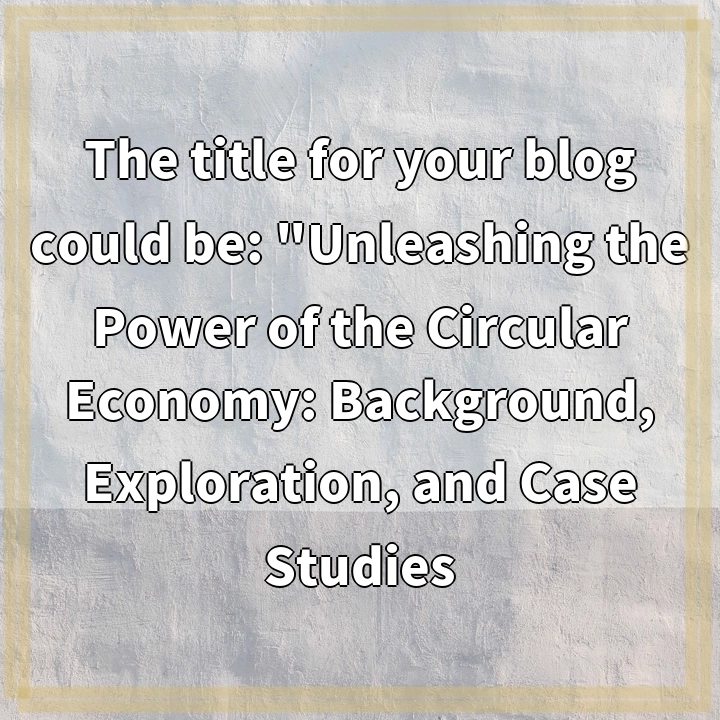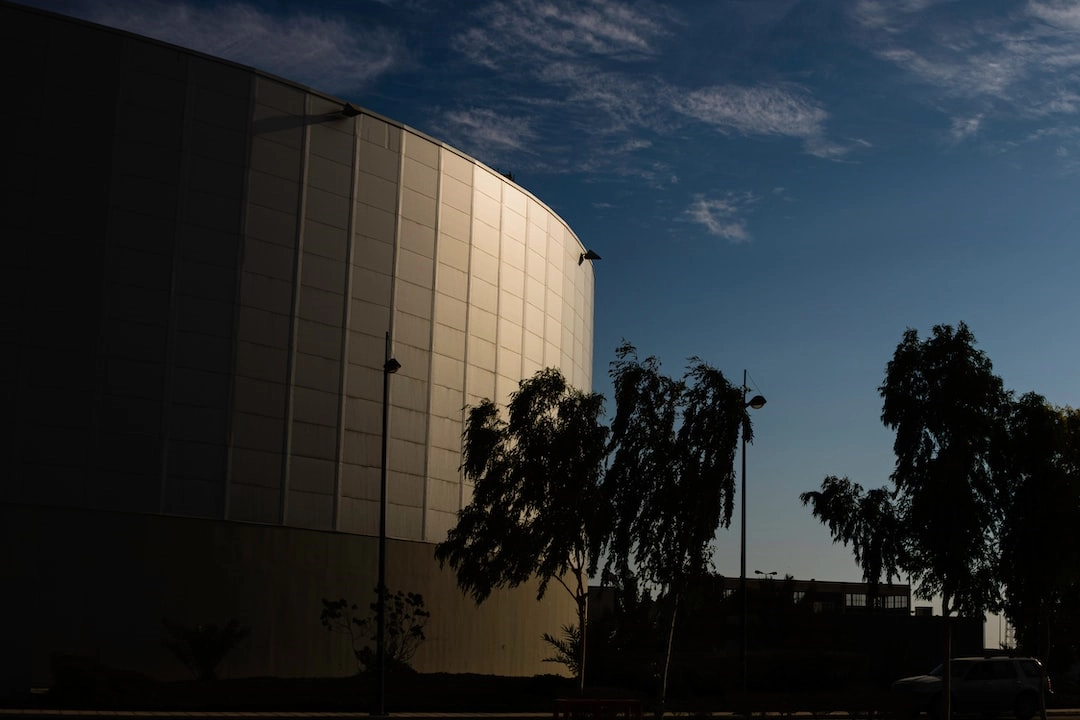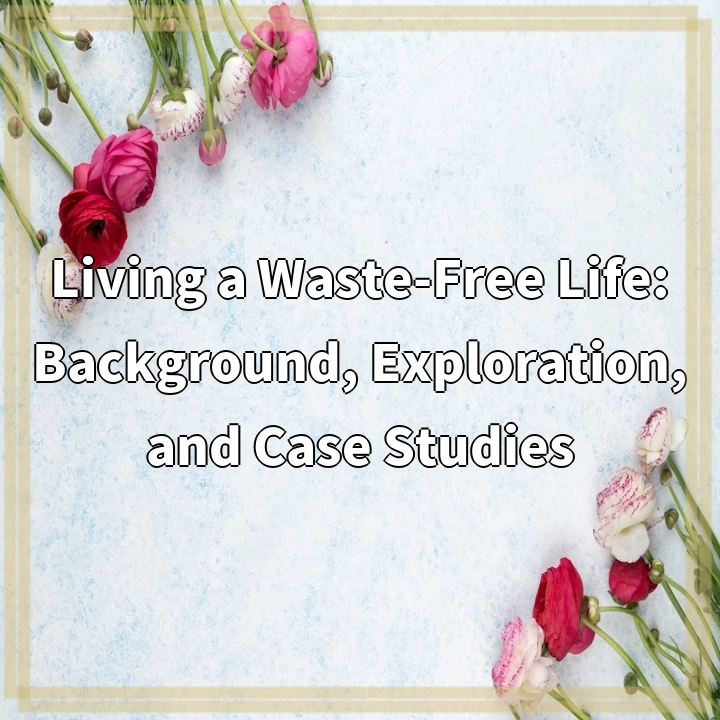
What is the Circular Economy?
The Circular Economy is an economic system that aims to minimize waste and maximize the use of resources. It is a shift from the traditional linear economy, which follows a “take-make-dispose” model, to a more circular and sustainable approach. In the circular economy, resources are kept in use for as long as possible, through strategies such as recycling, reuse, and repair. The goal is to create a closed-loop system where materials are continuously regenerated and waste is greatly reduced.
Real-World Problems Associated with the Circular Economy
While the circular economy holds great potential for creating a more sustainable future, it also faces several challenges and real-world problems that need to be addressed:
1. Lack of Awareness and Understanding
One major hurdle is the lack of awareness and understanding among the general public, businesses, and policymakers. Many people are not familiar with the concept of the circular economy and its potential benefits. This lack of awareness hinders the widespread adoption of circular practices and slows down progress in implementing circular economy initiatives.
2. Complex Supply Chains
Implementing circular practices requires changes in supply chains and business models. This can be a complex and challenging process, especially for industries with long and intricate supply chains. Companies may face difficulties in sourcing recycled materials or finding suitable alternatives, and may need to restructure their operations to accommodate circular practices.
3. Regulatory Barriers
Existing regulations and policies often do not align with the principles of the circular economy. In some cases, there may be legal barriers that prevent or discourage circular practices. Adjusting existing regulations and creating supportive policies can help overcome these barriers and create an enabling environment for the circular economy to thrive.
4. Limited Infrastructure and Technology
The circular economy requires the development of infrastructure and technologies that support recycling, repurposing, and repair. However, in many regions, there is currently a lack of such infrastructure. Building the necessary facilities and advancing technologies is necessary to support the circular economy’s transition.
5. Consumer Behavior
Shifting consumer behavior is another challenge in adopting circular practices. Consumers are accustomed to a throwaway culture and may resist changes that require them to embrace repair, reuse, or recycling. Education and awareness campaigns are necessary to promote the benefits of the circular economy and encourage consumers to make more sustainable choices.
In order to unlock the full potential of the circular economy and address these challenges, collaborative efforts from governments, businesses, consumers, and other stakeholders are needed. By working together, we can overcome these real-world problems and create a more sustainable and prosperous future for all.

Solutions to the Real-World Problems in the Circular Economy
1. Increasing Awareness and Education
To address the lack of awareness and understanding surrounding the circular economy, education and awareness campaigns should be implemented. This can include public outreach programs, workshops, and educational materials to inform the public, businesses, and policymakers about the benefits and principles of the circular economy. Collaboration between educational institutions, government organizations, and non-profit organizations is key in spreading awareness and promoting adoption.
2. Collaboration and Innovation
Transitioning to a circular economy requires strong collaboration between different stakeholders, including businesses, governments, NGOs, and research institutions. Together, they can work towards developing innovative solutions to complex supply chain challenges. This can involve creating networks and platforms for knowledge sharing, fostering partnerships, and supporting research and development efforts to find new ways to close the resource loop.
3. Policy and Regulatory Support
To overcome regulatory barriers, policymakers and governments need to revise and create supportive policies that incentivize circular practices. This can include implementing regulations that promote the use of recycled materials, providing tax incentives for circular business models, and establishing extended producer responsibility programs. Working closely with industry experts and stakeholders can help create effective policies that encourage the circular economy.
4. Investment in Infrastructure and Technology
To enable the circular economy, there is a need for investment in infrastructure and technology that supports recycling, repurposing, and repair. Governments and private investors should allocate funding towards the development of recycling facilities, waste management systems, and advancements in technologies such as automation, material recovery, and waste-to-energy processes. Accessible infrastructure and technology will make circular practices more feasible and efficient.
5. Behavior Change and Engagement
Promoting behavior change among consumers is crucial for the success of the circular economy. Education campaigns, product labeling, and incentives for sustainable choices can help shift consumer behavior toward accepting repair, reuse, and recycling. Collaboration with businesses to offer sustainable alternatives, such as product take-back programs or leasing options, can also play a significant role in encouraging consumers to participate in the circular economy.
Addressing these solutions will assist in overcoming the real-world problems associated with the circular economy. By working together and implementing these strategies, we can create a more sustainable and circular future that benefits both the environment and society as a whole.















